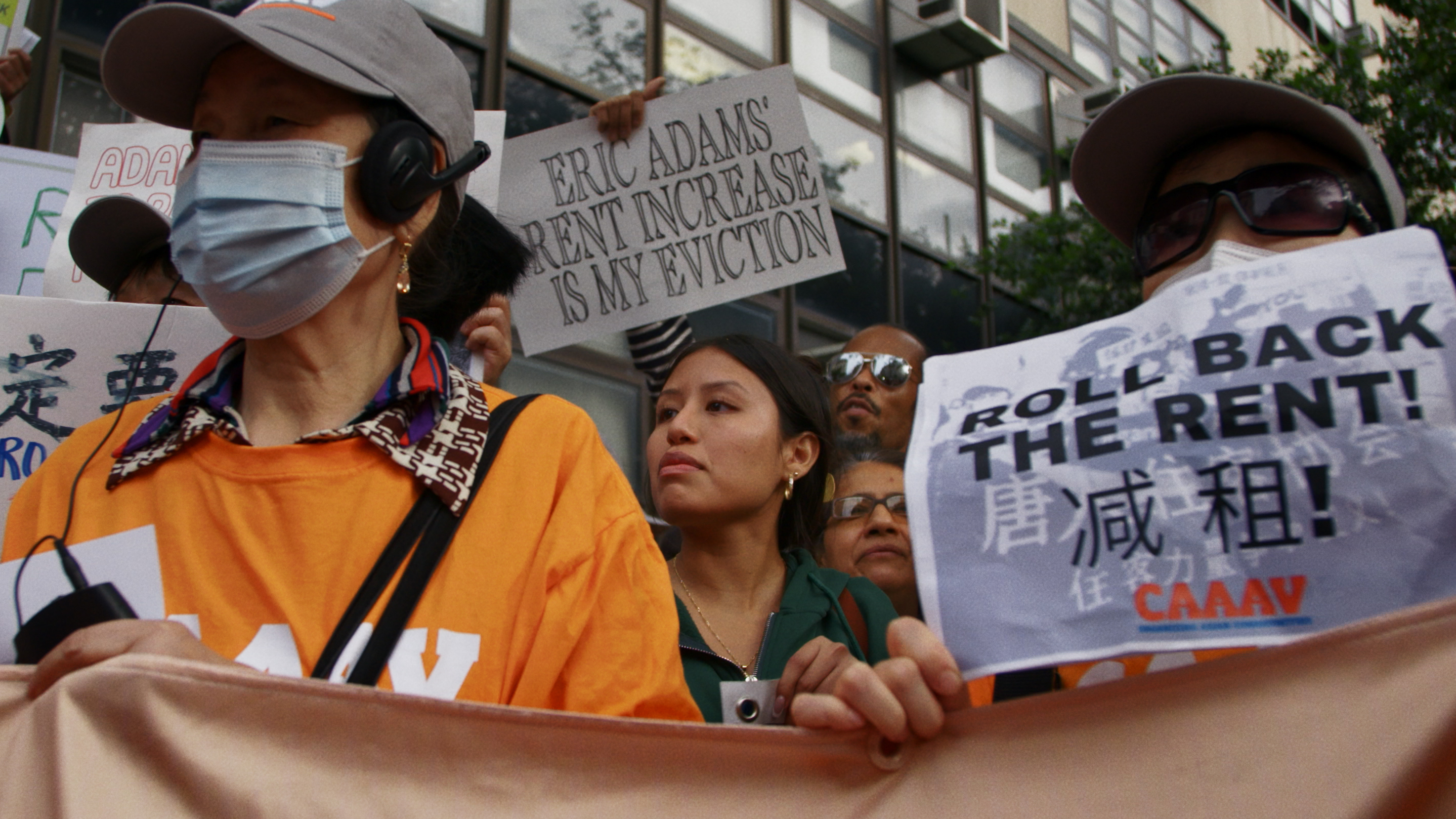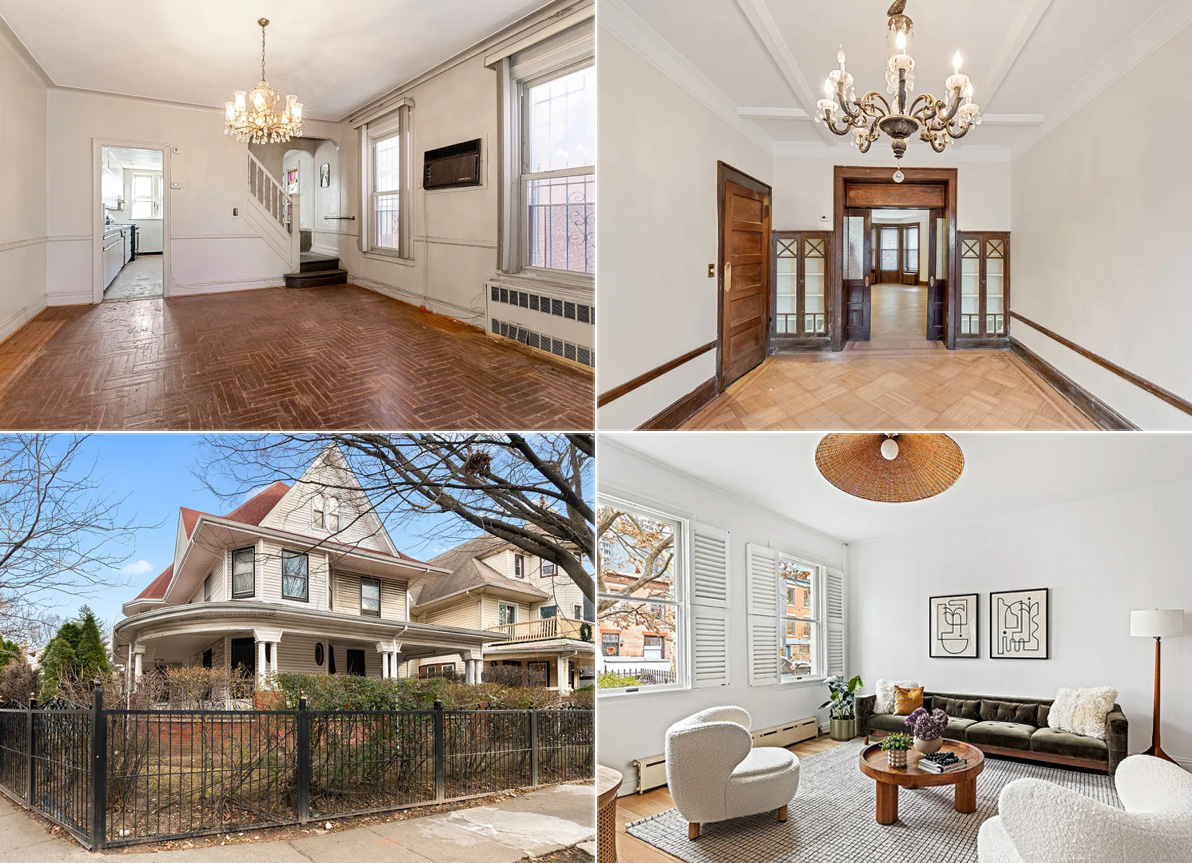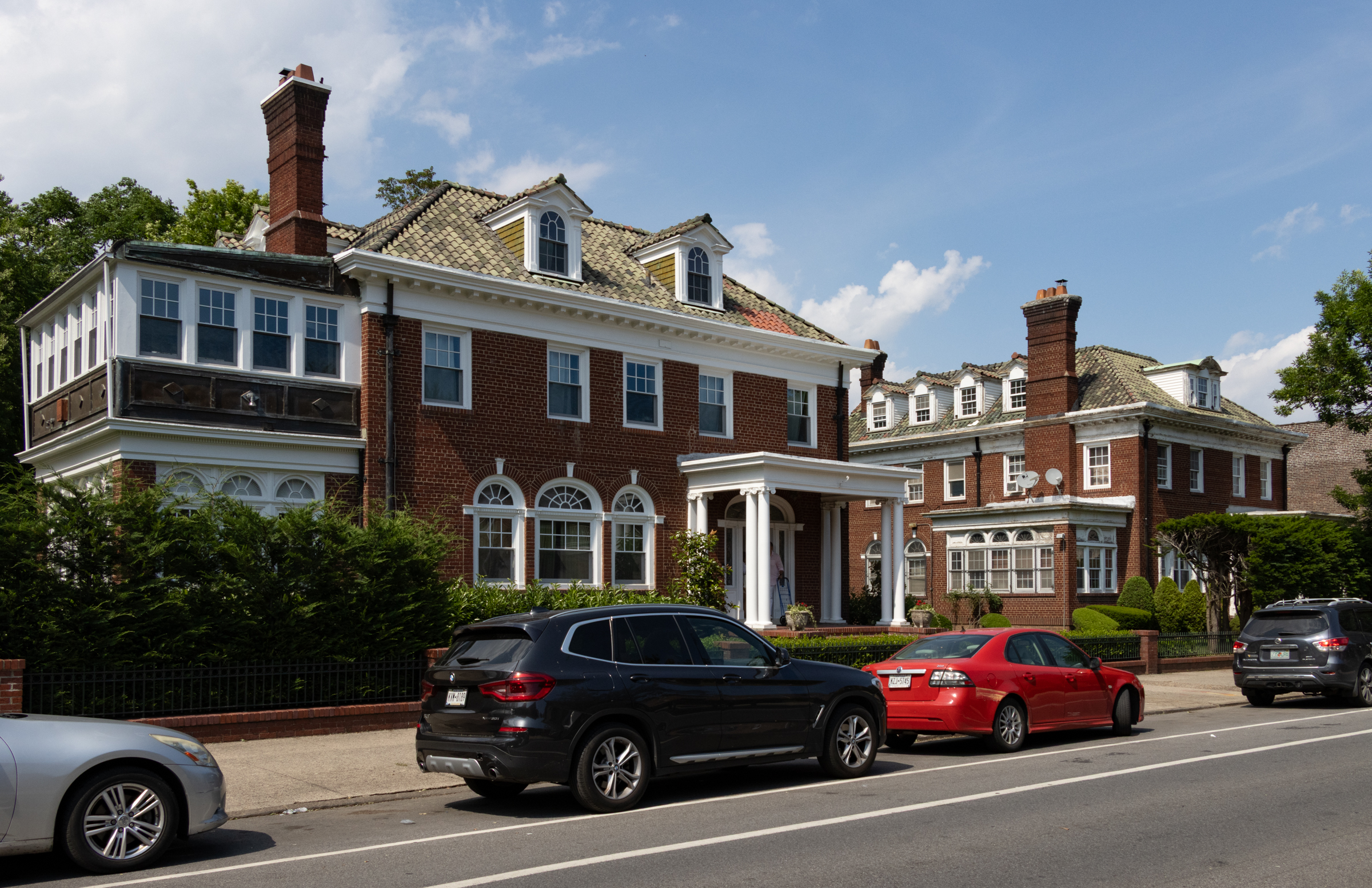Co-op of the Day: 40 Prospect Park West, #6K
The weaker market has not deterred some owners from trying to sell their apartments themselves. In the case of Apartment 6K at 40 Prospect Park West in Park Slope, the sellers appear to be taking the strategy of pricing the unit fairly upfront rather than going fishing for an unrealistic offer. While the two-bedroom, one-bathroom…


 The weaker market has not deterred some owners from trying to sell their apartments themselves. In the case of Apartment 6K at 40 Prospect Park West in Park Slope, the sellers appear to be taking the strategy of pricing the unit fairly upfront rather than going fishing for an unrealistic offer. While the two-bedroom, one-bathroom pad isn’t going to wind up on the pages of Architectural Digest any time soon, it does offer 1,000 square feet of space and great views of the park for $769,000. Think they’ll get their price?
The weaker market has not deterred some owners from trying to sell their apartments themselves. In the case of Apartment 6K at 40 Prospect Park West in Park Slope, the sellers appear to be taking the strategy of pricing the unit fairly upfront rather than going fishing for an unrealistic offer. While the two-bedroom, one-bathroom pad isn’t going to wind up on the pages of Architectural Digest any time soon, it does offer 1,000 square feet of space and great views of the park for $769,000. Think they’ll get their price?
40 Prospect Park West, #6K [FSBO] GMAP P*Shark





bayridgegirl, have you ever known anyone that added a second toilet on the same soil pipe, or waste line? In old apartment buildings, it is usually one connection per floor per line. I wonder if it would be pemissable by code to have to connections on the same floor? Probably not.
Sam – not sure I understand what you mean, but here goes.
There is a main waste line that runs vertically through a building. When you flush a toilet, the stuff goes out of your toilet through a pipe to the main waste line.
If your toilet is father way from the main waste line, then there is a horizontal pipe connecting your toilet waste line to the main waste line.
Here’s some photos (the best I can find with out spending a lot of time looking. This from UK, but it works the same.
http://www.apollo-plus.co.uk/wet2.htm
If you look at the picture labled ‘shower drain’, you can see the black pipe running vertically in the corner, that’s the main waste line. If your toilet is near there, then you just have a waste pipe going from your toilet to the main.
If your toilet is further away from the main. Look at the photo labeled ‘plumbing’. They branched off from the main waste (the grey pipe). The toilet waste will go from the toilet to the ‘grey’ horizontal pipe to the main vertical waste pipe. You can add multiple toilets on that ‘horizontal’ waste line. Think of a public restroom, where there’s alot of toilets.
Usually, these pipes are done in the slab (area between the floor and ceiling below).
In a apartment, if you are adding a toilet, it’s the same concept. However, working in the slab is near impossible, you need access from below. Yes, asking your neighbor to rip up their ceiling to gain access to the existing plumbing or to add new. It’s done all the time, you pay for all expenses and have to bring neighbors ceiling back to original condition.
Another option, is to do what was done in the photos, and have a the veritical waste run above the floor (in your space), you are then limited to using a rear discharge toilet. (the waste goes out the back of the toilet, not the bottom) – Look at photo labeled ‘Design’, you see the pipe connecting the toilet to the step up they created to cover the pipes.
This is very commen in NYC buildings, because you can do all the work from above (your space). No asking your neighbor to get into their ceiling.
Their are limits how far you can be from the main vertical waste, because of pitching the horizontal pipe. I just did 4 bathrooms this way (they were back to back). I think the furthest we were, was 12′ (don’t quote me on that). It was very diffucult, but the plumber made it work (and I just gave you guys a glimpse into what I do).
Also, there are different types of rear discharge toilets. there is a floor mounted rear discharge (the discharge tends to only be 4″ above the floor). This won’t work if you are far from the main. You need a higher waste. There are wall hung toilets, where the discharge is heigher up and the carrier is in the wall. (You’re wall behind the toilet then needs to be deep to accomodate).
There are many types of rear discharge toilets with the carriers in the wall. This is one of my favorite toilets to use for wall hung (traditional) residential. The waste discharge is about 9″ high. $700-800 not inculding the carrier
http://www.duravit.com/products/series/happy-d./toilets/toilet-wall-mounted–017109_toilets_92948_useo6q3rqe.html
Carrier
http://www.geberit.us/catalog/cis/inwall_list.php?inwall_name=Wall-hung%20Washdown%20Toilets
Hope this helps, sorry for the long winded post.
BTW, I see no way of adding another bathoom to this apt.
i live on the top floor in a 1250 sq ft 2 bedroom prewar [1923] and the folks directly below me put in a second full bath next to the original. gotta say they did a nice job but if they were above me i would have raised bloody hell.
“what percentage of pre-war apartments have more than two bathrooms???”
“and in the apts you mention, the second bath is generally tiny and off the tiny room just off the kitchen.”
Minmin, you’re missing my point. I’m talking about having one versus two or more bathrooms; not having two bathrooms versus more than two. To many people, including me, lots of value is put on having more than one bath. If you were to compare the prices of apartments of relatively the same size and features, the only difference being that one had one bathroom and the other had two, I think you would see a noticeable difference. That was my experience whenever I’ve looked for homes in NYC in the past.
lechacal: maybe a little over the top with your response? maybe just a little??? no one denied anyone of a second bathroom.
I’m with minmin and oohlala. I think too much is being made of the fact that there is one bathroom. and yes, i like the luxury of the second bathroom but frankly why make such a big deal over it. you want one, get one. but geez, to react that way you need to lay off the coffee.
but there’s the rub–this is a jr4, not really a family sized apartment in the sense you mean, and in the apts you mention, the second bath is generally tiny and off the tiny room just off the kitchen.
Actually, most pre-war family-sized apartments were designed with two bathrooms. Not because it was felt at the time that the family needed two bathrooms but because it was felt that the family could not share its bath with the domestic employee that most middle-class families employed. In effect, lets get down to brass tacks, it meant that the family could hire a Black domestic. She would have her own half bath. There you have it. The past is, as they say, a foreign country.
It’s an overpriced junior four with a decent layout. Note that kitchen, bath and jr-room (the original dining room, now the baby’s room) are have a view of brick walls, probably that of another wing of the building.) Don’t get me wrong, I like the apartment, just wouldn’t want to pay three quarters of a million for it.
Weighing in on the bathroom issue: Quasi-yuppie here (then and now) who grew up in a very old house and relatively large house with lines that pretty much made extensive additions impossible. It was only after some creative INTERIOR redesign that my parents managed to put in a half bath on the first floor, meaning the family still only had one shower/tub to share. No AC except window units in two of the bedrooms. I’m with oohlala…the disdain with which people use one bath as a deal-breaker is pretty funny. I wouldn’t if the residence had everything else I wanted. Let’s be realistic…in NYC, what percentage of pre-war apartments have more than two bathrooms???
Oh, and I still hate AC.
bayridgegirl, have you ever known anyone that added a second toilet on the same soil pipe, or waste line? In old apartment buildings, it is usually one connection per floor per line. I wonder if it would be pemissable by code to have to connections on the same floor? Probably not.
Each toilet needs its own waste. Which go back to the building’s main waste line. The building’s main waste line is probably near the existing toilet. So new toilet needs to be near there. Don’t think that you can put a toilet 10′ away from the main waste line! There are pitching issues.
Also, co-ops tend to disapprove a wet area over a dry area below.